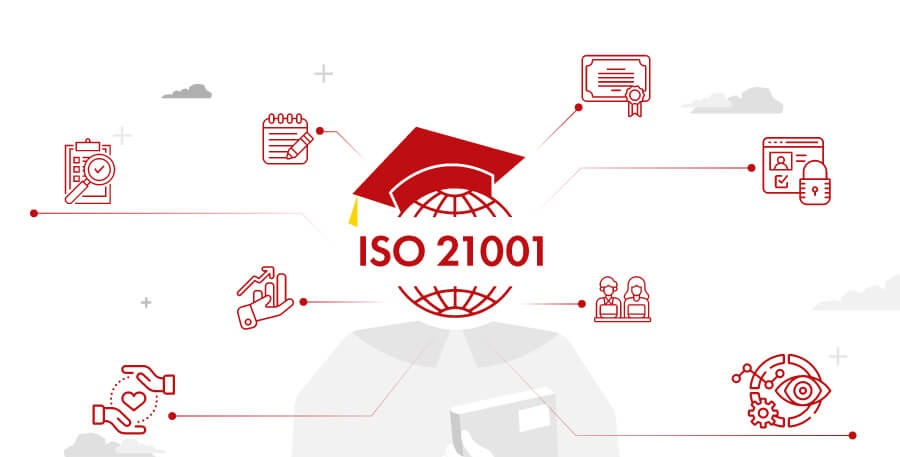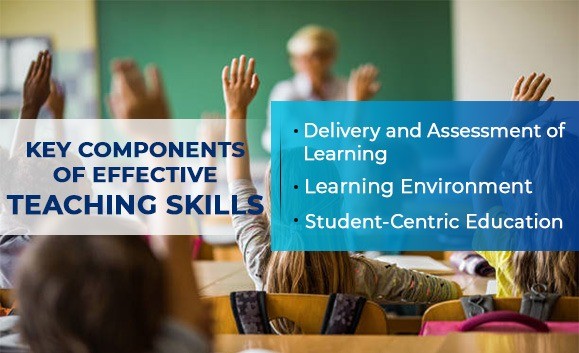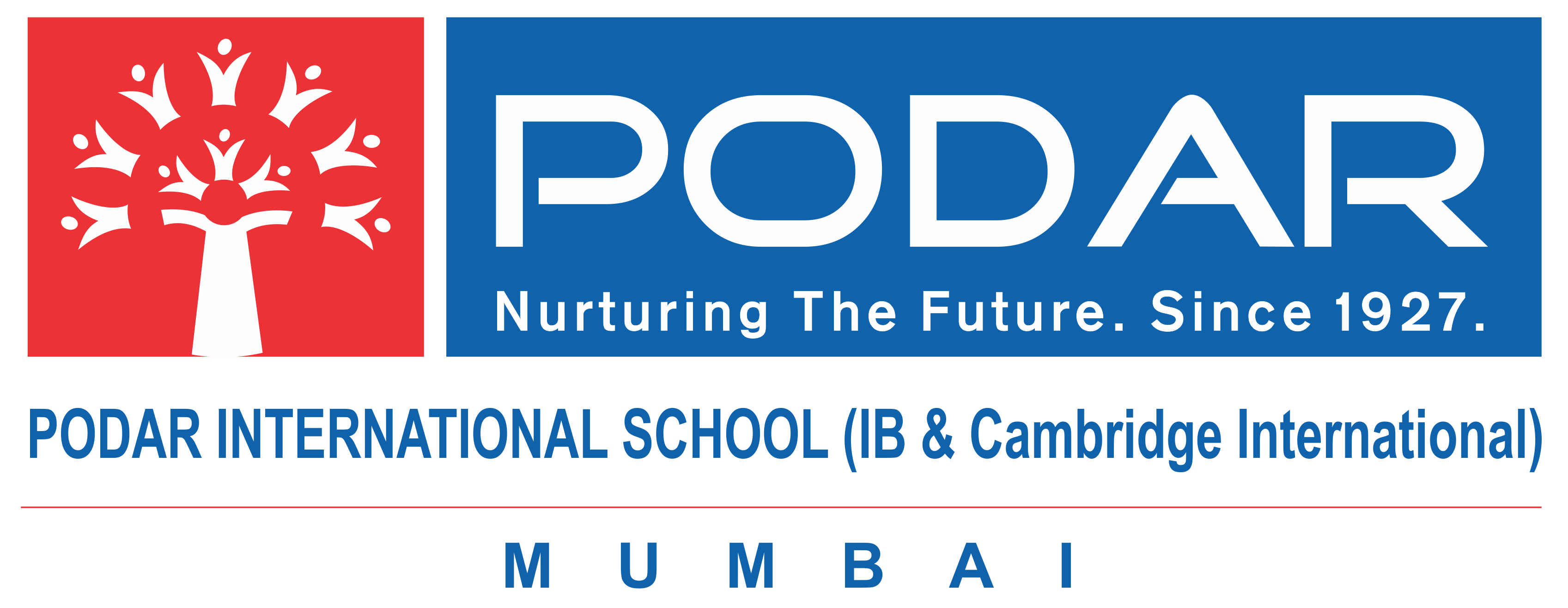Learning & Development- The preventive approach
For most HR departments, the effectiveness of their learning & development initiatives is crucial for the success of their organisations. Alignment of the organisational L&D policy with business strategy, vision and mission has become very significant.
In the new normal, L&D must be agile enough to be effective, productive and successful. Thus, a continuous evaluation of the degree to which L&D is able to meet the needs of its stakeholders has now become more critical than ever.
Despite careful resource allocation, many organisations find that due to diverse learning preferences, learner engagement is not very effective. This leads to partial or non-achievement of learning objectives. A gradual rise in remote work and a decentralised workforce has led to new challenges in training and development.
In order to mitigate the issues that can adversely affect the training ROI, organisations can take some proactive measures.
1. Establish clear training goals - All the team members should be aware about how their learning achievements will benefit them in executing their professional roles better. A revolutionary change in the corporate world is the technological advancement and movement of millennials and Gen Z into leadership roles. Thus the old approaches to training may also be replaced with the new ‘design thinking’ models to maximize learning, increase engagement and lessen attrition.
2. Carry out an effective need analysis - We cannot assume each employee to be having the same learning style, output/ productivity, learning habits and knowledge level. Thus the results of the training need analysis should be treated as the most important input for designing the training programs so that the programs can cater to the needs of most employees.
3. Carefully select the L&D modes and strategies - Use micro learning approaches and avoid too much content. Ensure that the training does not add to the stress of working from home and writing/ reading reports and emails throughout the day. In the current scenario, each employee (regardless of the level) would prefer bite-sized chunks of information. Short videos or smart graphics can make training easier to consume. Thus, the adoption of innovative, result-oriented & cost-effective digital training methods should help.
4. Evaluate the Effectiveness of training - Even if you have managed to engage the teams, you would still need to measure the extent to which they are able to retain and apply their learning. Developing suitable and short assessments will provide you with the feedback on the learning progress and this becomes an input again to review or redesign the L&D initiatives. Tracking and metrics are also necessary for you to show the ROI on your training budgets.
Through effective risk assessment and mitigation, L&D planning, regular measurements, monitoring and analysis, the organisations can make the need to re-skill and up-skill their own people become a high priority goal.










